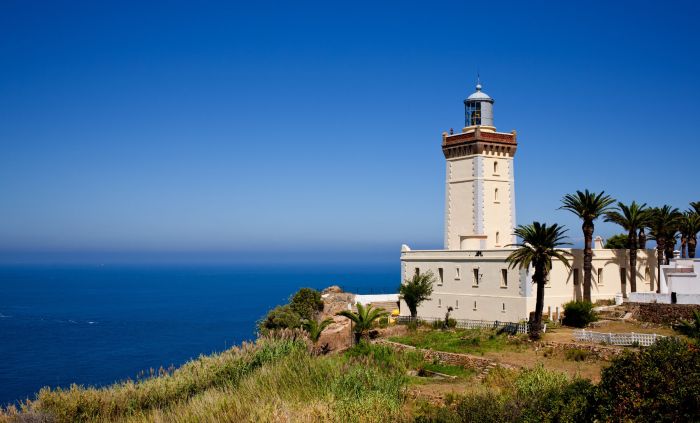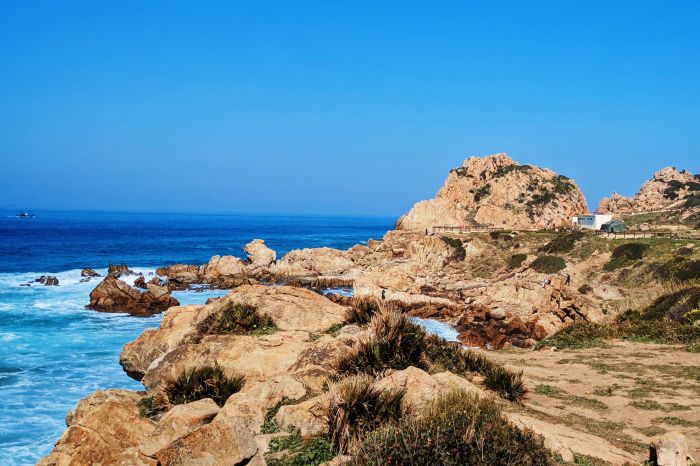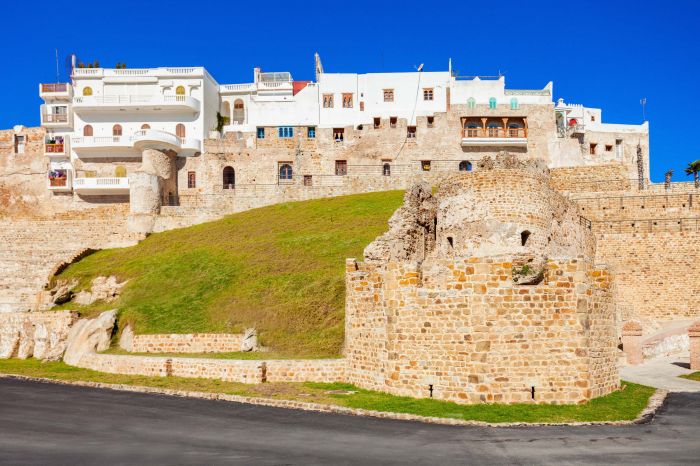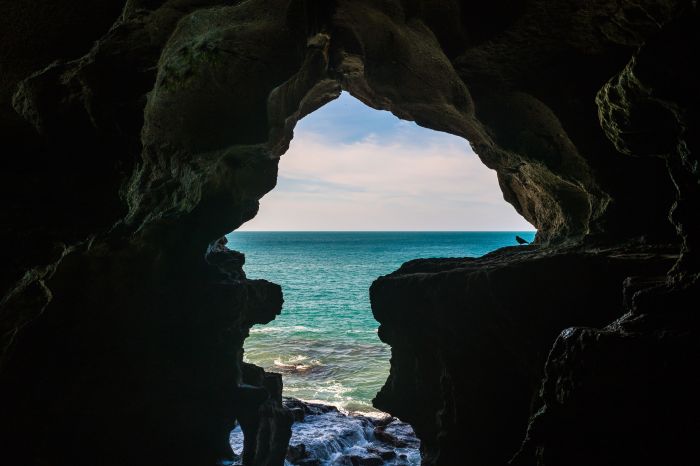tourist board
From Andalusia to the Edge of the Moroccan Desert: A Journey Across Borders
Located on Europe’s Iberian Peninsula, Spain is made up of 17 autonomous regions with diverse geography and cultures. Covering the entire southern area of mainland Spain, Andalusia was established by the statute of autonomy of December 30, 1981, with its capital being Sevilla. From beaches to quaint whitewashed villages to a wide selection of world-class golf courses, this region epitomizes Spain in the minds of tourists.

Thanks to its mountain ranges and forests at high elevations, its varied terrain and vegetation is the most-varied in all of Spain. Encompassing 33,819 square miles, a Mediterranean climate prevails in most of the area, offering an abundance of sunshine, drawing tourists to the area nearly year-round. It is an area that enchants tourists thanks to its world-famous art in Picasso’s birthplace Malaga and numerous mountain villages and miles of sandy coastline.
In the area, most travelers head to Seville, Granada and Marbella for traditional tapas and flamenco dancing in dive bars, but its diverse landscape offers so much more to see beyond these three cities. Home to the only desert in Europe, thrill seekers can enjoy numerous hiking trails like a hike along a suspended walkway along the walls of El Chorro gorge in Malaga. The area is also a foodie destination offering a variety of options from street food stalls to Michelin-starred restaurants. Specialities vary across the region but tapas are a mainstay in Seville, Granada, Cádiz and Córdoba, while fresh seafood is best enjoyed at seafront chiringuito restaurants.

The area is also the birthplace of flamenco, the fiery and passionate dance which is abundant at soulful flamenco bars in the Triana district of Seville along with Peña la Platería, in Granada. From dive bars, live-music venues and clubs, the area also boasts some of the best nightlife in Spain. In contrast, with 497mi of varied coastline, there is a perfect Andalucian beach like Playa de Bolonia or El Palmar, for everyone. Other tourist hotspots include The Alhambra Palace in Granada, Córdoba and the Great Mosque and The Puente Nuevo in Ronda.
Just an hour away using the ferry that connects Tarifa with Tangier, you can travel from Spain to Morocco and explore the beauty of northern Morocco. Northern Morocco is only a few miles across from the Spanish mainland and offers an exciting array of flavors, landscapes, architecture and activities to engage every traveler, the turquoise blue Mediterranean coast and the golden Atlantic sand beckons travelers.

Located on a bay of the Strait of Gibraltar 17 miles from the southern tip of Spain, the busy and well-connected city of Tangier is the gateway to Africa and home to the largest port in the country. It has been the summer site of the Moroccan royal residence since 1962 and offers road and rail connections with Fès, Meknès, Rabat and Casablanca.
Similar to the Moorish influence in Andalusia, the treasures of Hispano-Moorish architecture are entwined with white colonial-era buildings and European-style squares. Visitors enjoy exploring the twisting alleys and souks of the lively Tangier Medina in the old quarter of the city and finding a treasure trove of artisan goods, along with smelling the fresh fruits adorning the many market stalls.
The city offers stretches of white sand perfect for relaxing or for water sports such as water skiing, sailing and scuba diving. Thanks to a major regeneration, the waterfront now offers a shiny new marina full of pleasure boats and wide boulevards lined with gently nodding palm trees. The more adventurous can also head into the hinterland, as the Rifan Reliefs form a splendid setting for hiking. And if golf is of interest, the city is home to Morocco’s first golf course that was founded in 1914 and designed by Cotton and Pennink.

Built on the slopes of a chalky limestone hill, Tangier was a flourishing artistic community and was put on the map thanks to writers such as Paul Bowles, Jack Kerouac and William Burroughs. The thriving café culture and vibrant nightlife still pays homage to the Beat generation and counterculture, but the city has had a transformation to become extremely modern and contemporary. A few of the hidden gems in Tangier include: The Bay of Tangier, Tangier Medina, Playa Blanca, The Caves of Hercules and Church of Saint Andrew. For further information on holidaying in Morocco, visit www.visitmorocco.com/en.
These two territories share great features, both cultural and scenic and offer a memorable visit any time of the year.
